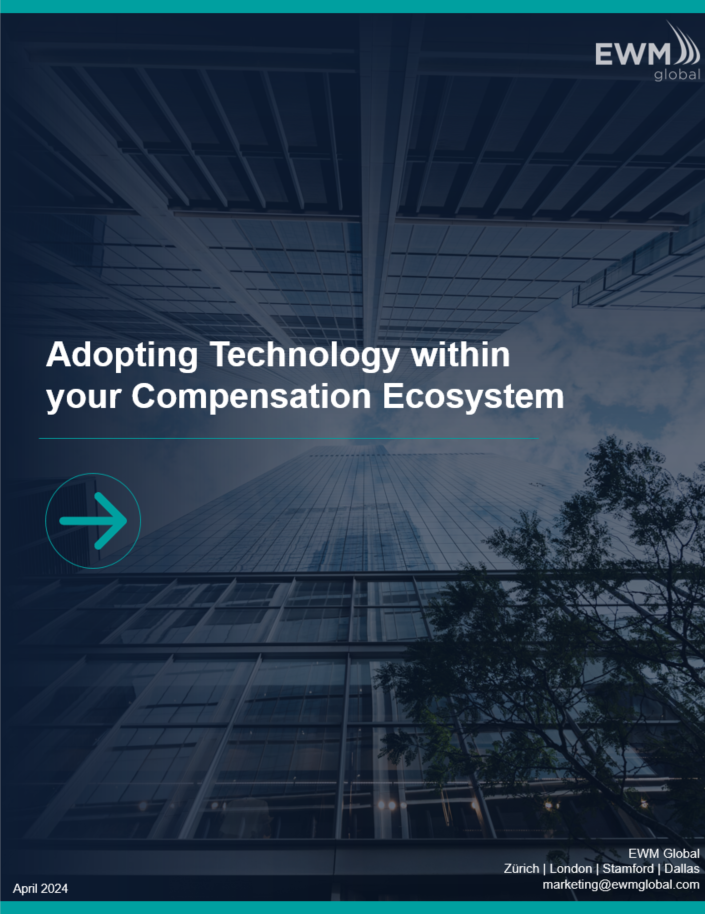We met with the CFO of a private equity firm this week where we heard a common theme.
The company is a medium sized buyout firm with ~ $3B AUM, three active funds plus one more in the fund raising period. They have thirty members receiving carried interest, with varying vesting schedules for each of the carry plans. This isn’t terribly complicated – we have seen and currently administer more intricate arrangements. However, as the CFO described his process each year – he wouldn’t think of calculating and reporting more often than annual – it sounded fairly straightforward…until it didn’t.
His process consists of setting up spreadsheets for each fund, creating individual tabs for all thirty members, as well as a running summary tab – which is linked to each member. Each time he strikes a book value of the unrealized carry, he creates new rows to reflect the increased valuation on each member’s sheet. A personal statement is then created for all thirty members, approximately three to five pages, detailing the partnerships. Lastly, updating the vesting percentage on each member’s tab to reflect their ownership of carry if/when they leave the firm. All together, these are basic functions of a proper accountant. Putting this into perspective – imagine his resistance to calculating and reporting more often than once a year.
The CFO describes potential pitfalls of this process: not perfectly updating each member’s additional value, increasing their vesting amounts based on years at firm, and allocating additional points from the house account to new members who joined that year. All in all, it is a manageable task, albeit not terribly productive, while there are only three funds and thirty members. As the company grows, it will inevitably become less feasible as is. Additionally, throughout this entire reporting process, visibility and transparency to the members is limited. The CFO understands the preference for members to receive updates of values each quarter to coincide with fund performance reporting to their investors.
As the process stands, this is not something that can be provided.
This CFO is not alone. EWM Global has this conversation hundreds of times with similar individuals who believe it is part of their job, yet wish they had a system that could eliminate the risk of errors for the most important way their firms reward their partners.
If you would like to learn how EWM Global is leading the digital transformation of carried interest plan and executive compensation administration, please contact marketing@ewmglobal.com.







